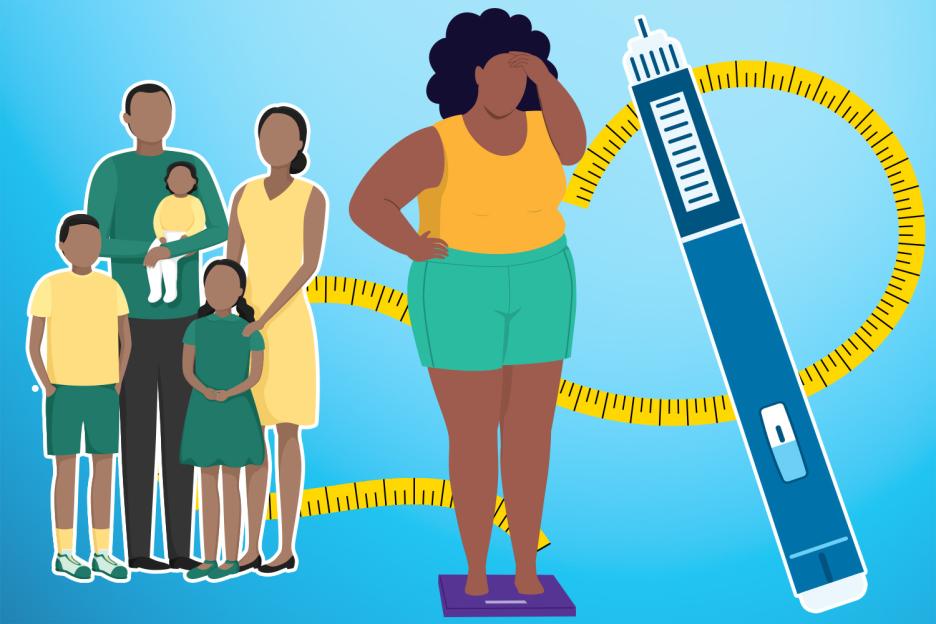BEAUTY products in the US and UK could be putting you at risk of cancer-causing chemicals, warn scientists.
In recent years, there have been growing concerns about the exposure of in .
 Recent studies have linked exposure to formaldehyde in hair relaxers to increased risk of uterine cancer
Recent studies have linked exposure to formaldehyde in hair relaxers to increased risk of uterine cancerRecent studies have linked exposure to formaldehyde in hair relaxers to increased risk of uterine and among Black women.
Now, a new study has demonstrated formaldehyde-releasing preservatives are present in a wide range of beauty products, including shampoo, lotions, body soap, and even eyelash glue.
Lead author Dr Robin Dodson, an exposure scientist at Silent Spring Institute, said: “We found that this isn’t just about straighteners.
“These chemicals are in products we use all the time, all over our bodies.
“Repeated exposures like these can add up and cause serious harm.”;
Formaldehyde isa colourless, strong-smelling gas often used in cosmetics for its preservative properties.
Formaldehyde-releasing preservatives are often used as an alternative â these are chemicals that slowly release formaldehyde over time and serve the same purpose.
As part of the study, the researchers recruited 70 Black women and Latinas living in the area and asked them to track their use of personal care products over a period of five to seven days.
Each time participants used a product, they logged the information using a smartphone app developed by Silent Spring.
The app also prompted participants to take a photo of each ingredient label.
Co-author Dr Elissia Franklin, an analytical chemist at Silent Spring, says previous studies on people’s use of personal care products have relied on imprecise surveys, asking participants questions like, ‘Did you use lotion in the past 24 hours?’
But lotions can vary widely â some might have a few natural ingredients, like beeswax and shea butter, while others might have many toxic chemicals like formaldehyde releasers, phthalates, and parabens, says Franklin.
“We wanted to capture all that information,”; she explains. “Everybody uses lotions. Saying ‘I used lotion’ is like saying ‘I am human!’ We wanted a much more detailed pictureâan accurate reading of all the chemicals in that lotion, and any other products the women were using.”;
The team analysed over 1,100 products, looking for formaldehyde and formaldehyde releasing preservatives in the products’ ingredient lists.
Fifty-three percent of participants reported using at least one personal care product that listed formaldehyde releasers on its label.
And many of the products with formaldehyde releasers that participants reported using were applied daily or multiple times per week.
 Formaldehyde-releasing preservatives are present in a wide range of beauty products, including shampoo, lotions, body soap, and eyelash glue
Formaldehyde-releasing preservatives are present in a wide range of beauty products, including shampoo, lotions, body soap, and eyelash glueDMDM hydantoin was the most common formaldehyde releasing preservative.
Roughly 47 per cent of products and 58 per cent of hair products with formaldehyde-releasing preservatives contained DMDM hydantoin.
The team also identified several others, but Dodson stresses that their list is not definitive.
“Those are just the ones we knew to look for. There could be more that we’re not aware of,”; Franklin says.
In the UK, formaldehyde is regulated under both the Cosmetic Products Regulation and the UK REACH regulations, with the UK Cosmetics Regulation being based on the EU Cosmetics Regulation.
While formaldehyde is generally prohibited in cosmetics, its use is allowed in certain nail hardening products, but with specific labelling requirements.
Formaldehyde-releasing substances are also regulated, requiring labelling when the released formaldehyde concentration exceeds a certain threshold.
Dodson says one way to reduce exposure in the US would be to require that companies add warning labels to formaldehyde-releasing products like they do in .
She agrees that it can be hard for the average consumerâand even chemistsâto identify a formaldehyde releasing preservative on a label.
“They have long, weird, funny names, and they typically don’t have the word formaldehyde in them,”; she says.
While warning labels might be a good first step, Dodson says banning the use of formaldehyde releasers altogether would be the best-case scenario.
“Ideally, companies shouldn’t be putting these chemicals in products in the first place,”; she adds.







